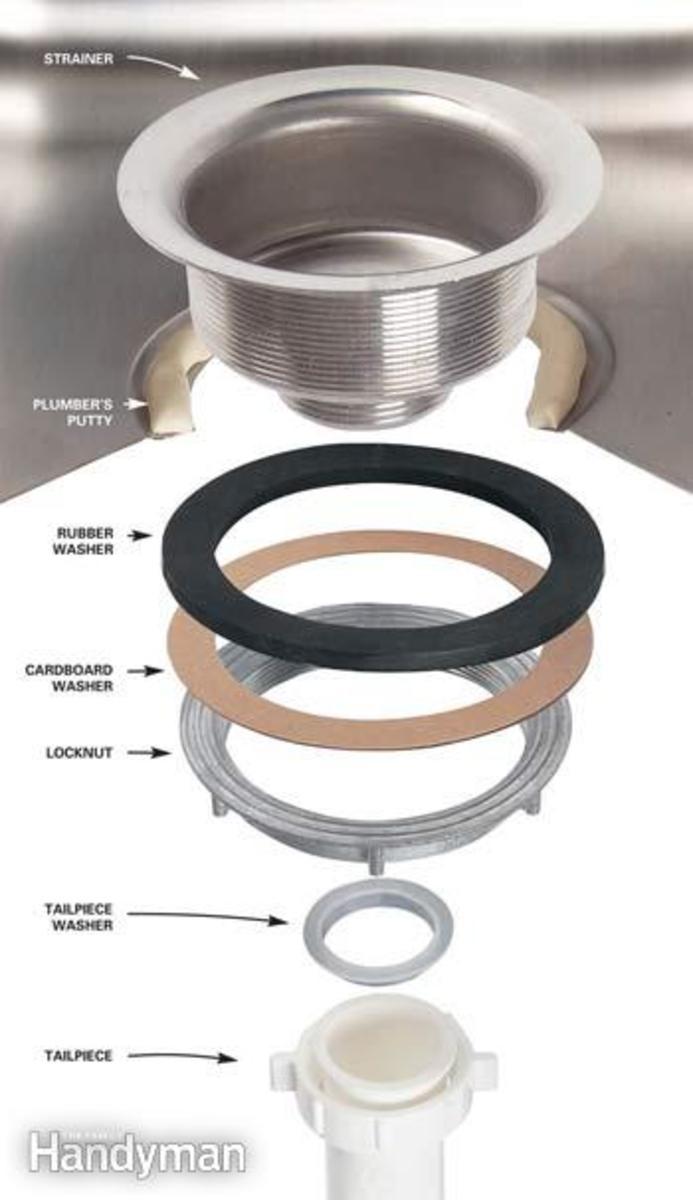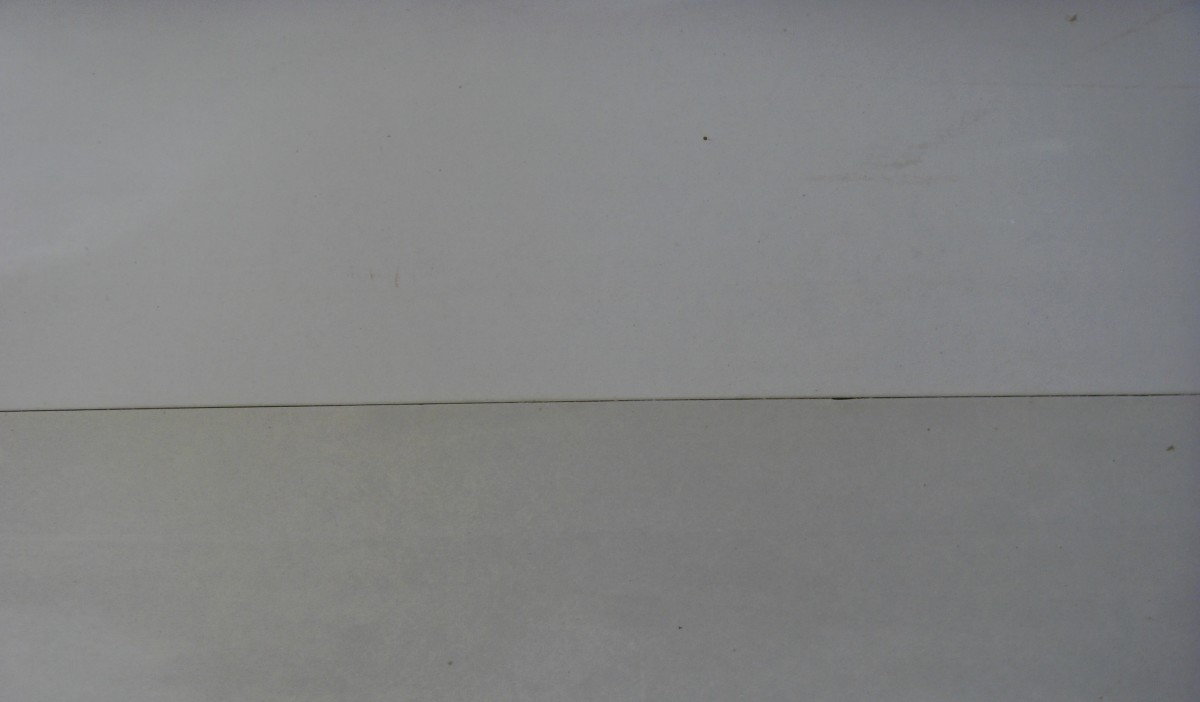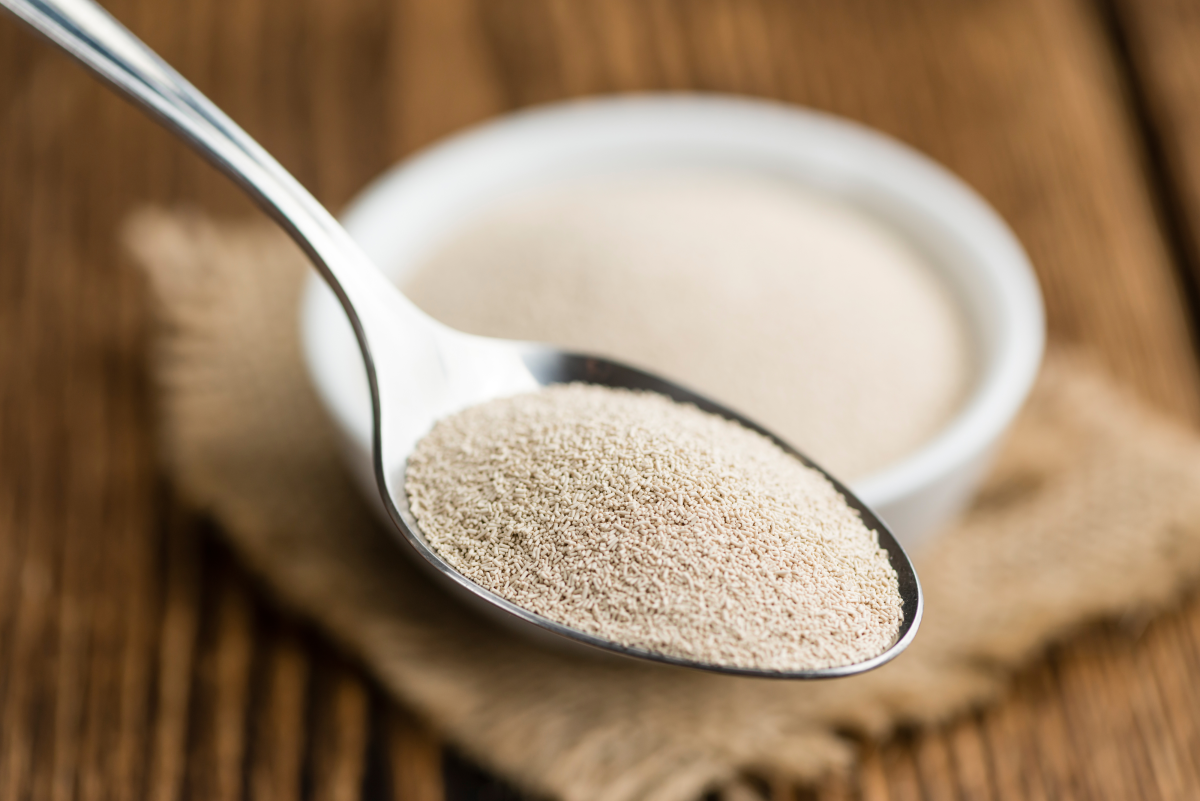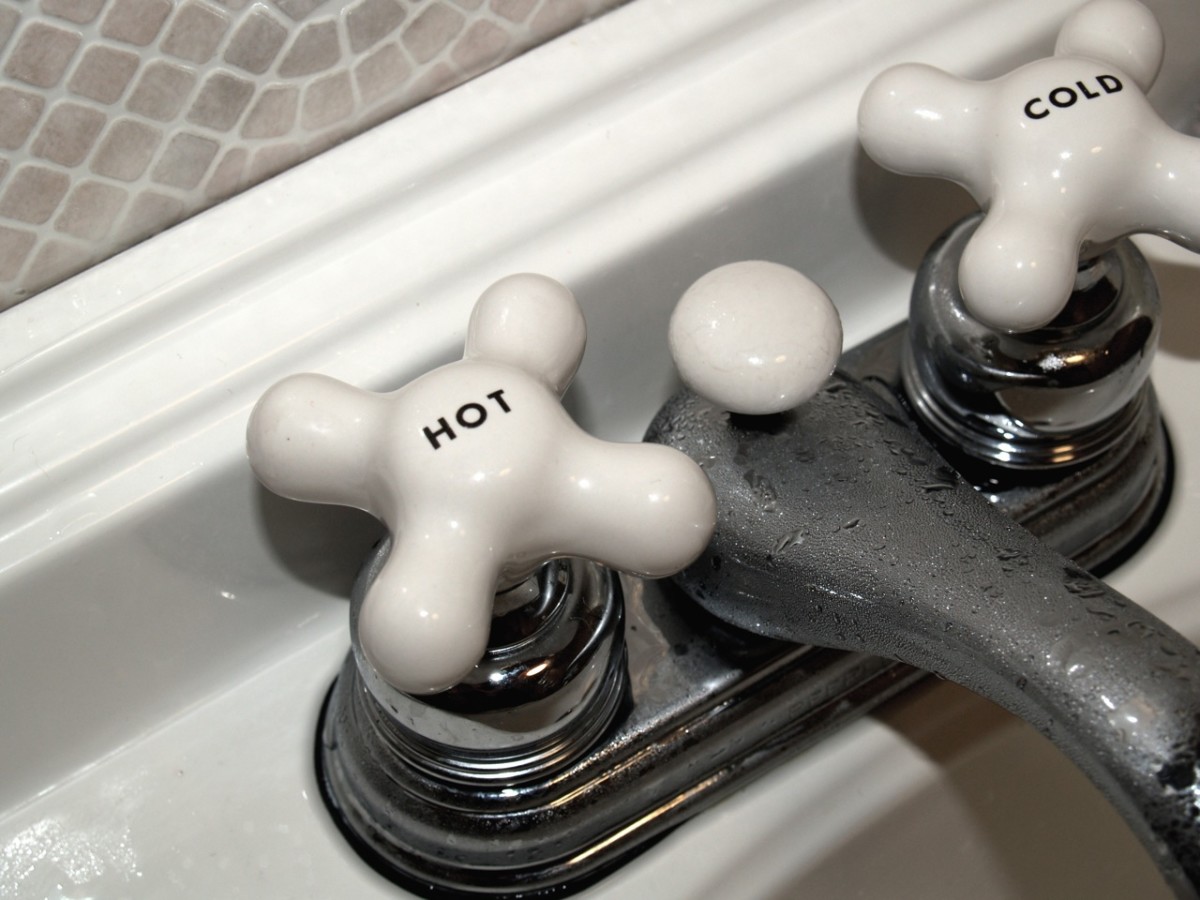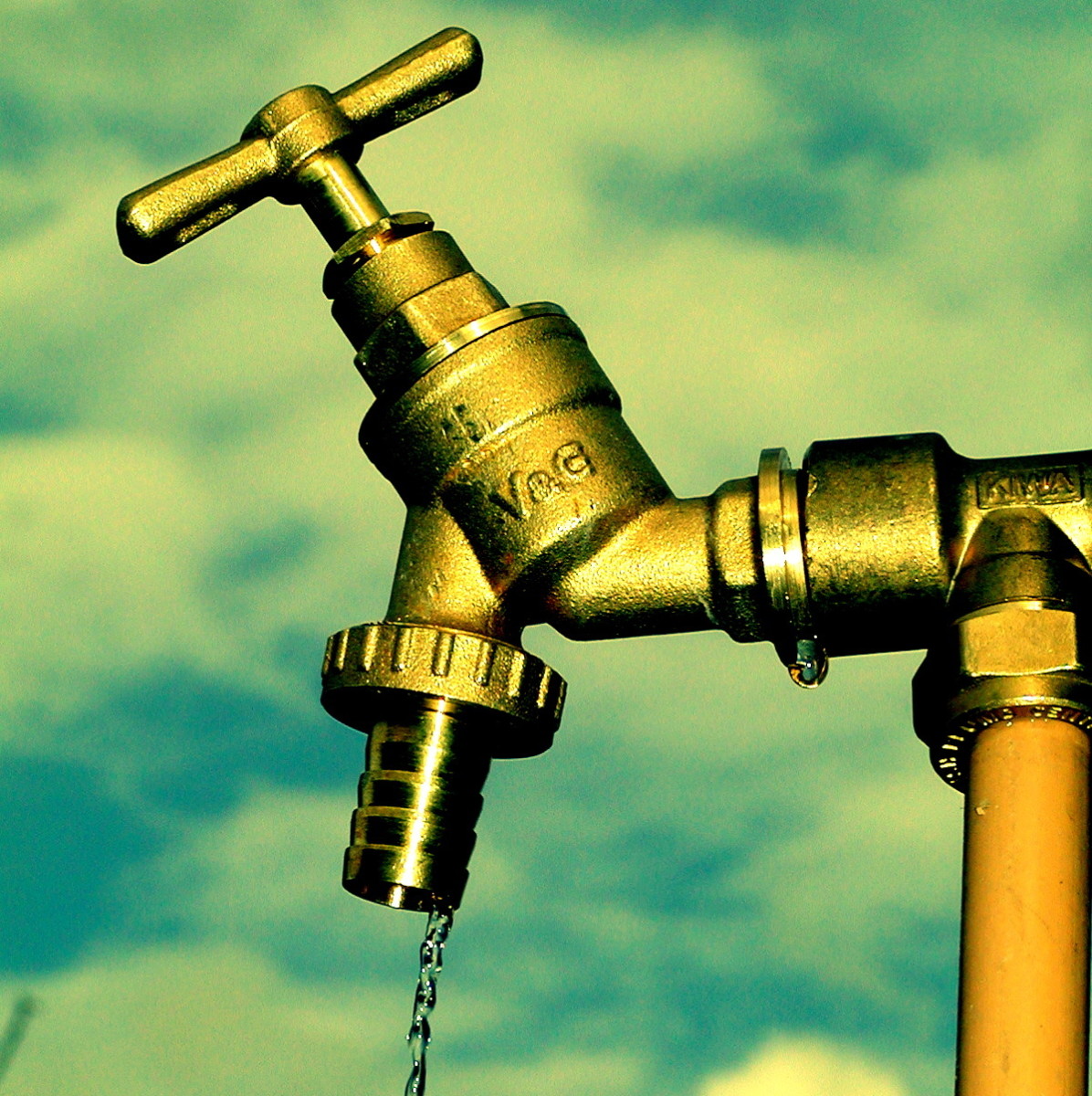How to Install a New Showerhead: Another Ladies' Craft Project
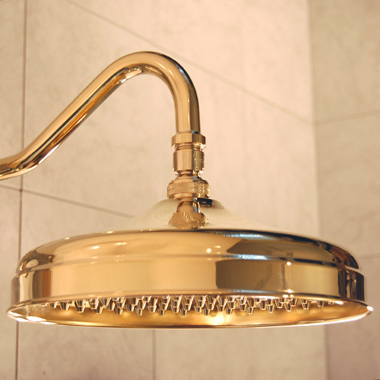
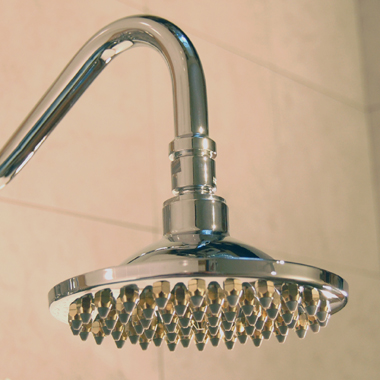
A QUICK SUMMARY—IN CASE PLUMBING MAKES YOU WEAK IN THE KNEES
The way you install a new showerhead is to unscrew the old one and screw on the new one. It is pretty much the same as changing a lightbulb. You can do it!
But isn’t there some kind of secret plumbing knowledge involved in this? Something unknown to non-plumber mortals?
Yes, there is: You have to apply joint compound—or Teflon tape—to all (or almost all) threaded fittings. If you don’t use one or the other of these, the spot where two pieces are screwed together will leak. I prefer joint compound, a gooey paste that acts as a waterproof “glue” to keep threaded fittings from leaking.
That’s the whole secret! Except you will need a wrench of some kind, to adequately tighten the joint. A small pipe wrench (8” will be plenty for this job) is best, but you can get by with any ordinary wrench. The final mysterious secret is, you have to have sense enough to cover any metal parts you are wrenching together with a soft cloth, so you don’t scratch them.
That’s it! Oh—and, “Righty-tighty, lefty-loosey.”
Installing a new showerhead is one of the easiest plumbing projects ever! If you can screw a lid on a mason jar, you’re in business.
WHY WOULD ANYONE WANT TO REPLACE A SHOWERHEAD?
Probably people most often replace their showerheads because the existing showerhead doesn’t seem to work right, and the main symptom is likely to be lack of water pressure—and hence water flow—from the showerhead. This problem is usually caused by gradual clogging by hard water deposits.
People who live in regions with hard water are especially likely to experience this problem, as well as people who rely on cistern water. Minerals (and sometimes other impurities) in the water are also what is causing the short life of your coffee maker. But if your showerhead is the original installation from when the house was built in the 1960s, it should be no surprise if it has become clogged over time.
Can these deposits be removed by cleaning? This is usually possible, but a new showerhead can be quite inexpensive (I saw one at Wal-Mart today for $3.98), and replacing it will be far easier than cleaning the old one.
In fact, replacing a showerhead is so easy that there is no reason why you can’t install a high-quality version that is more to your taste, even if you rent. Just be sure to save the old one, so you can stick it back on when you move, taking your fancy showerhead with you.
My own decision to get one of those fancy showerheads was the result of a bathroom remodel; I decided that this would be a good time to make all my dreams come true. The remodel was several decades overdue; the ancient avocado green bathtub was slowly listing because of the rotted-out floor joists. Once the tub was removed and the floor joists repaired, in came the new shower stall with the new ceramic tile. Since I did all the work myself and got most of the materials from the Habitat for Humanity Re-Store, I didn’t feel too bad about splurging on a moderately expensive showerhead.
Shopping for a new showerhead is a lot of fun, but you can’t really do it online. Online pictures don’t really capture the wonder and majesty of the brushed nickel and brass, and the twirly, flowery, or modernistic designs. You have to see the wall-mounted displays in person, at the home improvement center, to really appreciate them. It is here in the plumbing aisle that your fantasy of getting drenched under one of those “rainshowers” turns into an obsession. If you break into song, and dance around in the plumbing aisle, that’s okay. I think they are used to it.
I was torn between a showerhead with a companion hand-held shower attachment and a “rainshower.” I went with the hand-held combo and never looked back—although I may look twice, if I ever get around to remodeling the second bathroom.
HOW TO REPLACE A SHOWERHEAD
First, are you also replacing the shower arm? You need to replace the shower arm first. Go to the bottom of this article to see how.
Have a look at your existing showerhead—which is probably the simplest and most inexpensive version available—and you will see that it consists of a tubular piece that comes out of the wall, to which the showerhead is attached. Flush against the wall where the tubular piece comes out, there is a flange. The sole purpose of the flange is to hide the hole in the wall. The tubular piece is called the shower arm.
Removing the Old Showerhead
The showerhead is threaded at the top, so that it screws onto the shower arm. To remove the showerhead, simply unscrew it, turning counter-clockwise. There is no need to shut off water to the house as a whole, or to turn off shut-offs to the shower’s water supply (if they exist). As long as the water in the shower is turned off, you’re in the clear.
The showerhead will probably unscrew from the shower arm without the need for a lot of force. But sometimes the old showerhead has been in there a long time, and it can be pretty tightly stuck on by accumulated corrosion and other mysterious gunk. (Not unlike one of the lug nuts on your car.) If your showerhead is stubborn about coming off, use a pipe wrench or other wrench to unscrew it. As a last resort, apply WD-40, wait a few minutes, and try again.
Wrap the area with a soft cloth before going at it with metal tools, to avoid scratching the showerhead or shower arm.
Clean the Threads of the Shower Arm
Once you’ve removed the showerhead, only the shower arm will be sticking out of the wall. The end of the shower arm is threaded, and the threads will be dirty and have a residue of pipe joint compound on them. The threads need to be carefully cleaned and dried with a paper towel before you go any further.
Apply Joint Compound to the Threads of the Shower Arm
Joint compound is the gooey stuff that keeps threaded connections from leaking, and must be used on nearly all threaded connections. Teflon tape can be used to seal plumbing threads, but I find joint compound much more convenient, because there is no need for a delicate and precise wrapping job that has to be done in what is often, due to the nature of plumbing, a dark and cramped area—or, in the case of a showerhead—a bit high up.
Just smear joint compound on the male threads of the shower arm, using the brush and your fingers to smooth it evenly over the threads.
Screw on the New Showerhead
After you’ve applied the joint compound to the threads of the shower arm, just screw on the new showerhead. Once it is screwed on hand tight, give it an extra gentle tightening with a wrench—but be sure to wrap the area with a soft cloth before applying the wrench, so you don’t scratch your new showerhead.
Turn on the Water to the Shower to Check for Leaks
This job is so simple that it is almost certain to be an unqualified success! If there is no leak where the shower arm joins the showerhead, it’s “mission accomplished.”
If you suspect a leak, or feel you can’t quite tell if it’s leaking, place a piece of toilet paper over/around the joint and turn on the shower. Any water seeping out at the joint will moisten the toilet paper. If this happens, try tightening the showerhead a bit more.
IF YOU ARE ALSO REPLACING THE SHOWER ARM
A shower arm does not always—or even usually—come with the new showerhead. This is because virtually all new showerheads will fit on your existing shower arm and will match reasonably well with the existing shower arm. Another reason is that there is a wide selection of shower arms available to go with more expensive installations, and people often like to pick out. If you want a shower arm that matches the metal finish of the new showerhead, it will most likely have to be purchased separately.
The shower arm is removed and replaced in exactly the same way as the showerhead: Unscrew it from where it comes out of the wall by turning counter-clockwise (“righty-tighty, lefty-loosey!”), using a wrench, if needed. Hang onto the flange—the little object that hides the hole in the wall—unless you also have purchased a replacement flange.
Apply joint compound to the threads of the new shower arm and screw it in clockwise. Put the flange back on by sliding it over the shower arm and up against the wall, after applying a bit of plumber’s putty to secure it in place. Roll the plumber’s putty between your hands to make a ¼” thick rope and form it into a circle that is the same diameter as your flange. Press the plumber’s putty circle onto the wall and press the flange into it. You can clean up any surplus plumber’s putty with a wet paper towel.
Then attach the new showerhead as explained above.
More ladies' plumbing projects
- How to Replace Leaky Drain: A Ladies' Craft Project
Does your kitchen sink drain leak? The fix for a leaky sink drain is to replace the strainer, and it’s easy!

